潘公凯,丁亥腊月初五诞于浙江宁海,国画巨擘潘天寿之次子,名门之后,然不囿家学,自辟艺途,目光远大,倡中西合流,文化并进。

潘公凯水墨,虽承家传,然自出新意,意象为重,时迷水墨之奥妙,于抽象中求其妙趣,远超时辈,甚或逾先世。其处情、景、境之间,不为形似,亦不流于空泛,乃意在传承水墨之精神,护其文脉不断,免坠“实验”与“非水墨”之歧。大笔浓墨,可造势、造境,然若无内涵,则易失其神。公凯深思此道,潜心研求,作大幅画时,以大笔浓墨布势,落笔处审机应势,再以细笔收拾,气势磅礴,意趣蕴然。作小幅画,则以长线墨块贯通全局,辅以淡彩,于笔墨浓淡、虚实之间,求其理趣。

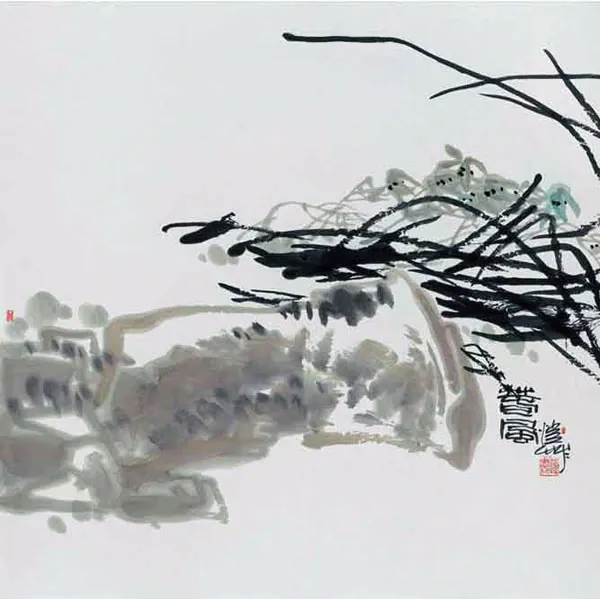
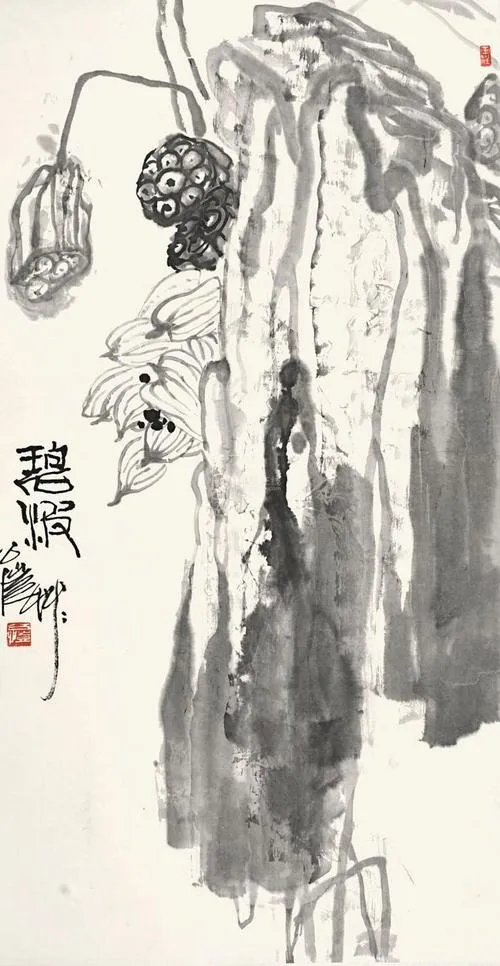
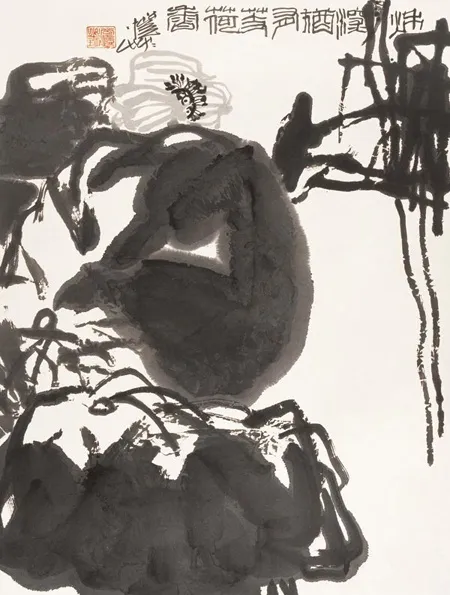
潘公凯自述艺格高远,承学者之志,立中华文化之脉。其对传统与未来常有深思,于画作中见其学术之探究,非仅求形似之美。徐悲鸿有言,画家有学究与明星之分,公凯归于前者,其作不为世俗所动,不逐市喜,唯求高洁纯正。公凯从逆境而来,历经艰辛,虽处顺境,心中百味自知。其水墨作,亦其人生之写照,笔墨间隐现其人之正直、执着,性情刚毅,亦透其思虑之深,学养之厚,及孤怀远志。
潘公凯画作雄浑厚重,气势如虹。于情、景、境三者间,运筹帷幄,妙合无垠,水墨抽象之美,于笔端淋漓尽致。其营造意境,力求形式与内涵相契,立足华夏传统,胸怀天地,观古今于一隅,探水墨多维之途,既承传统笔意之挥洒自如,亦追现代意趣之独特张力。公凯之作,融汇古今,沉潜中西,传中华文化之厚韵,添时代精神之新姿。其画面张力深蕴,笔墨间流转如行云,层次错落,情感激荡,令人流连忘返。善用水墨之性,简笔而意深,运思而境远,于淡墨浓彩间,展现出无尽韵味。其抽象之境,引人超脱尘世,入超然之美,超越时空,见无垠之境。

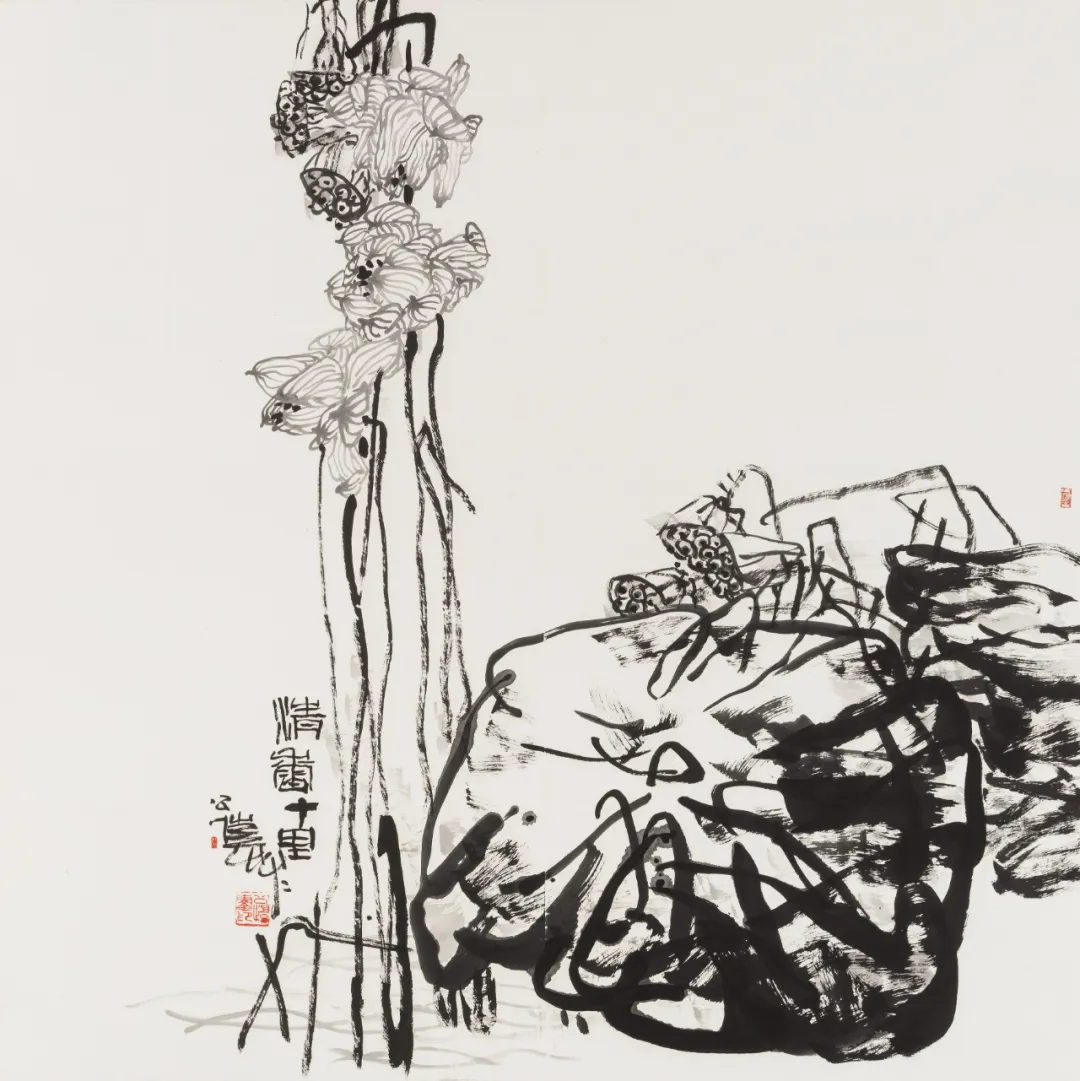
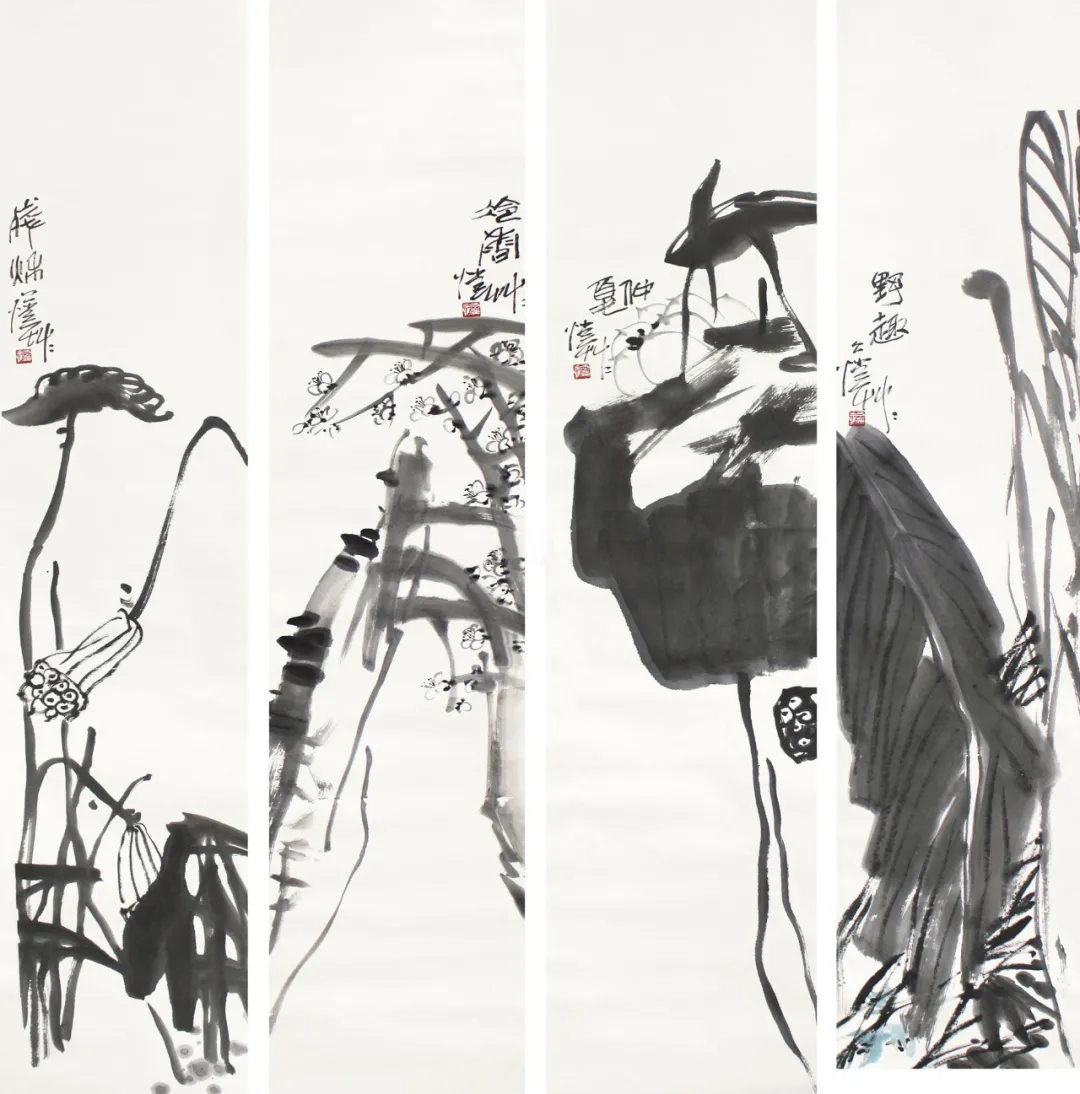
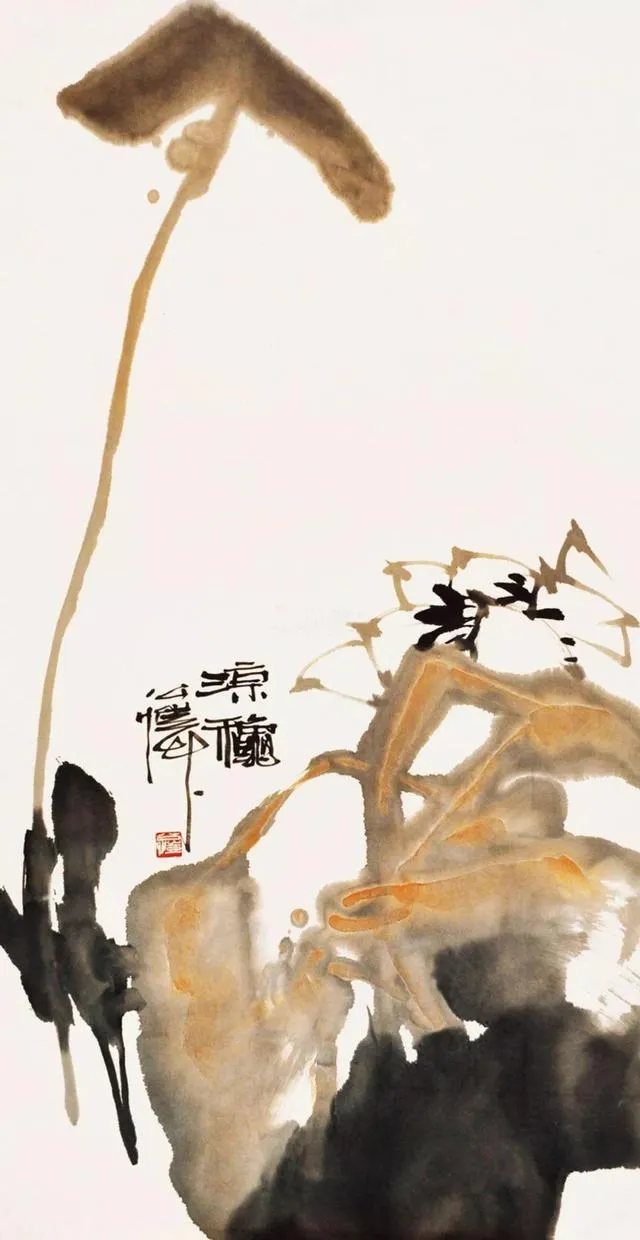
潘公凯于辛酉之年倡言中西并举,提两端深入之说。主张守道者精研国粹,承西者探究其妙,各有深耕,勿作浮泛。于国画之守护,尤重精微入理,方能启新境,成大器。公凯自八十年代始,潜研先父之画,由理入境,渐悟写意水墨之妙。未曾亲承父教,然儒士之风潜移默化,心性涵养,艺途自成一格。丙戌年后,改造大笔大墨,增张力而存古韵,布局间游走法与无法,画面宏观,气象浑然,与时代精神相呼应。潘公凯画道,根植传统,四十载研修不辍。由“绿色绘画论”到“中国现代美术之路”,思索中西互补与传承延展,守护传统自在,探现代延伸。文与画并举,俱见其史论家之深思,文人画之真谛于其中静显。
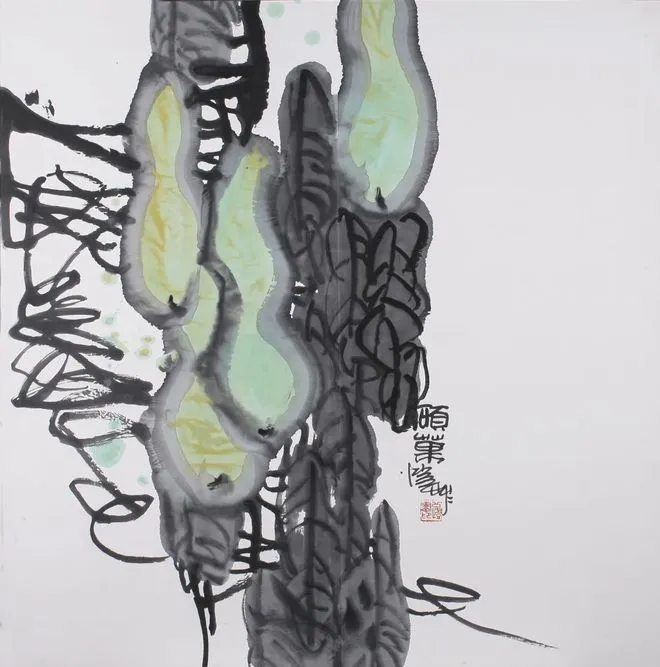
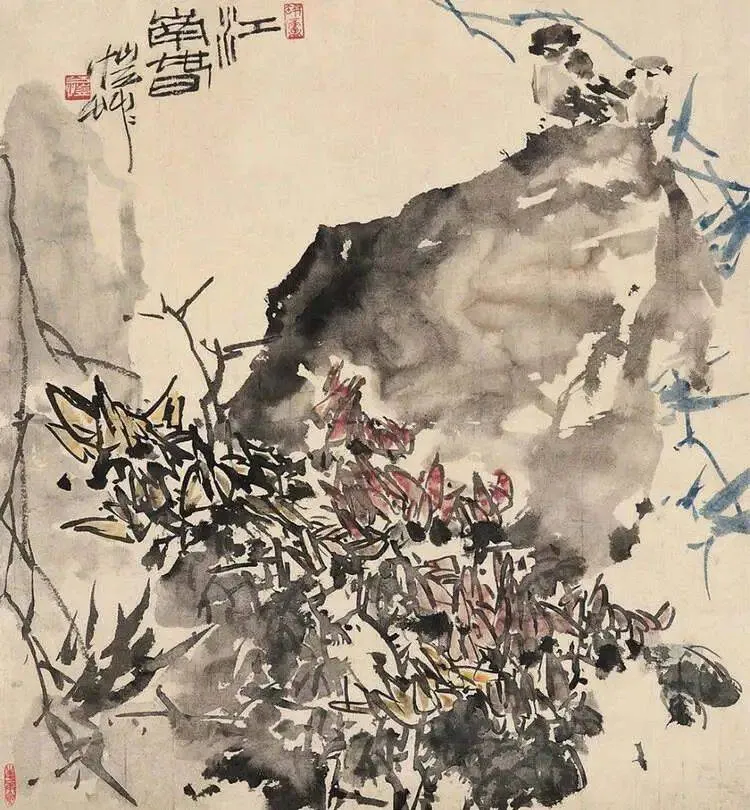
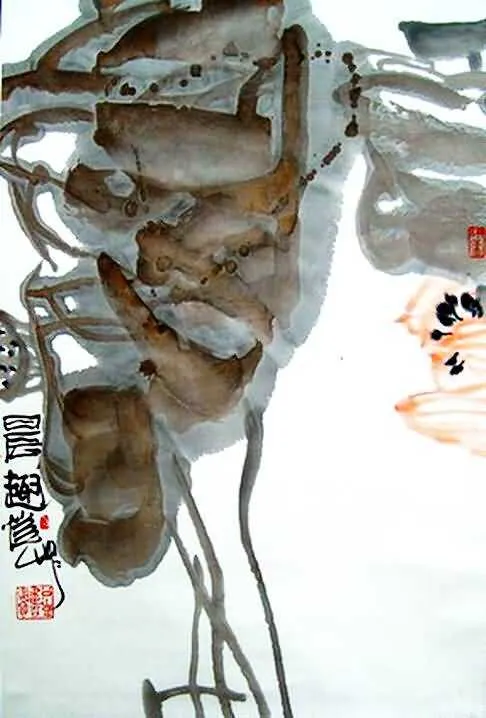
文人画之旨,写心而非写物,此“心”与景、境、格暗合,绘事之妙,在乎人格之映。陈师曾于旧岁之际,风潮骤起,曾明言:“文人画之品格,首在人品,其次学问,才情思想次之。”百年之后,潘公凯应时而动,言:“中国之艺,自古以德合美,西方美近于真,而中土美近于善。古画自我之呈现,即人格之显,画之成,当由人格而外化。”中之完人,贵在心性和融,超然物外。潘氏通此理,非独因家学所染,亦因心性之特。其人,素为文士,今所谓知识之流。其所求,乃精神之自足,言:“幼时立志,修身觉悟,求社会之和,人道与自然之契合。将超越苦乐之精神探求视为修养,致力于精神超然物质,整体超然局部,有限之生,超越无穷之界。世间关怀,唯在奉群体而自全。”此境,乃古文人之遗风,亦当代士人所必持。
潘公凯之作,形离俗常,格超陈迹,含深意而有大家之气。其画重悟理,格调深远。公凯之道,示范于今,尤具深意。其为师,立德立言,于艺海中孜孜探求。值今日之变,艺教岂能独善其身?专业与人格,实须兼顾。公凯以其历程,昭示何为真艺,启世人思索,成当代之风范。
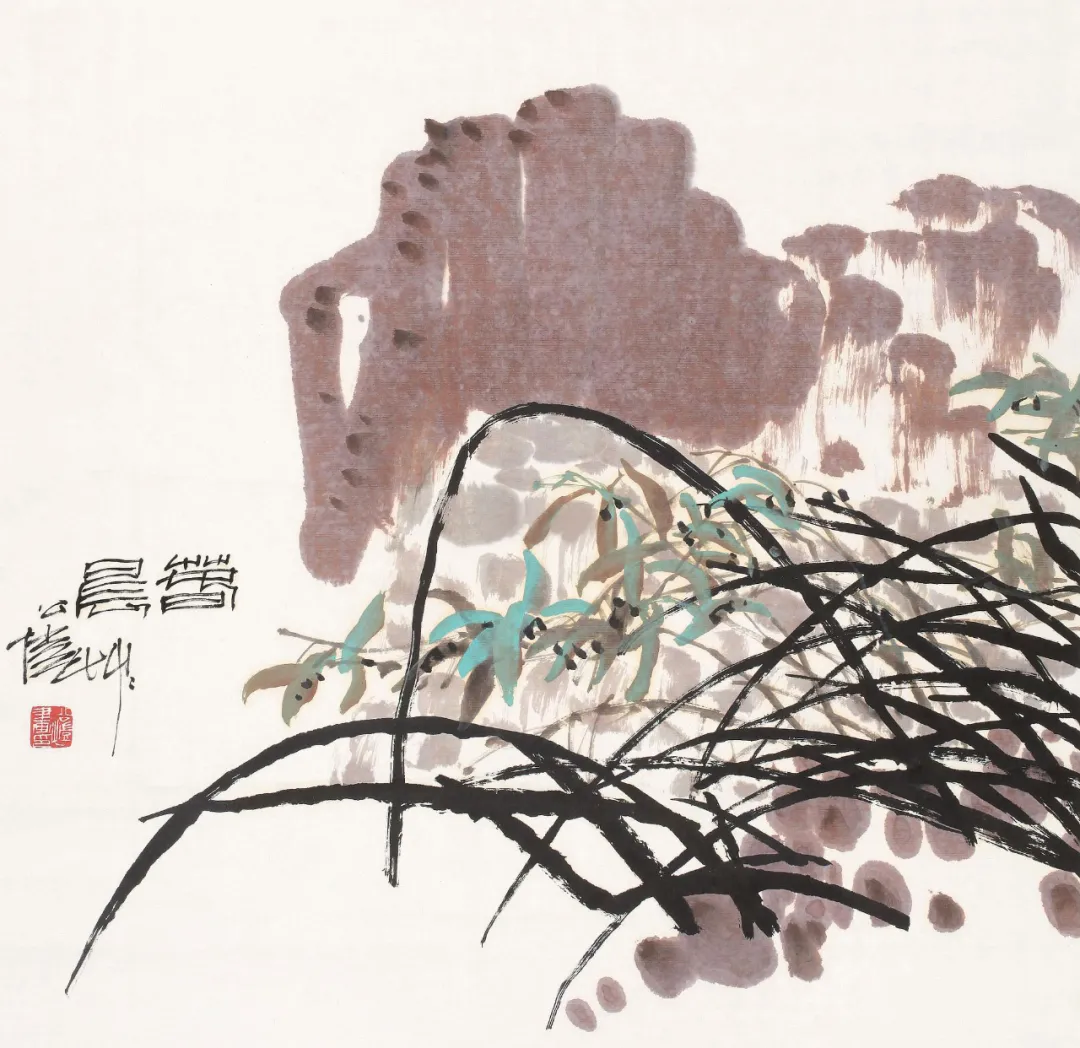

Pan Gongkai: Inheriting and Innovating with Profound Elegance, Crafting Art with Lofty Ideals
Pan Gongkai, born on the fifth day of the twelfth lunar month in the year of Dinghai (1947), hails from Ninghai, Zhejiang. As the second son of the great Chinese painter Pan Tianshou, Pan Gongkai inherited a prestigious legacy but did not confine himself to it. Instead, he forged his own path, with a broad vision that advocates the fusion of Eastern and Western cultures, promoting their mutual development.
Pan Gongkai’s ink paintings, though rooted in his familial tradition, are marked by innovation. He emphasizes imagery, often immersing himself in the subtle profundity of ink, seeking to capture its abstract beauty. His work surpasses that of his contemporaries, and perhaps even his predecessors. In navigating the interplay of emotion, scenery, and atmosphere, he avoids mere likeness and superficiality, aiming instead to preserve the spirit of ink painting, ensuring its unbroken lineage and steering clear of the pitfalls of “experimental” or “non-ink” art. Pan carefully contemplates this approach, crafting his large-scale works with bold strokes and rich ink, where every stroke is deliberate, and the grandeur of the composition is balanced by subtle nuances. In smaller works, he uses long lines and ink blocks to unify the composition, adding light colors as needed, always seeking a harmony of substance and style.
Pan Gongkai describes his artistic ethos as lofty and profound, guided by scholarly aspirations and rooted in Chinese cultural heritage. He frequently reflects on tradition and the future, with his paintings embodying scholarly inquiry rather than mere aesthetic beauty. Xu Beihong once remarked that artists can be categorized as either scholars or stars, and Pan belongs to the former. His work is untainted by worldly distractions or market demands, striving instead for purity and integrity. Having emerged from adversity, Pan is well acquainted with the complexities of life, and his ink paintings reflect this, revealing his honesty, determination, and a strong will, as well as his deep thought, scholarly refinement, and a certain solitude borne of lofty ideals.
Pan Gongkai’s paintings are characterized by their grandiosity and rich depth, exuding a powerful presence. He masterfully balances emotion, scenery, and atmosphere, achieving a seamless integration of abstract ink beauty. His works strive to harmonize form with substance, grounded in traditional Chinese values yet expansive in scope, bridging ancient and modern, Eastern and Western. His paintings, imbued with the weight of Chinese cultural resonance, are also infused with the spirit of the times. The tension within his compositions is profound, with ink flowing like clouds, creating layered, emotionally charged images that captivate the viewer. He skillfully employs the properties of ink, using simple strokes with deep meaning, and his works are both thoughtful and far-reaching. Through the interplay of light and dark, ink and color, Pan creates an endless depth of flavor, inviting viewers to transcend the mundane and enter a realm of sublime beauty that surpasses time and space.
In the year of Xinyou (1981), Pan Gongkai advocated the coexistence of Eastern and Western art, proposing a dual approach to deep exploration. He urged those who preserve tradition to delve deeply into Chinese culture, while those who embrace the West should equally immerse themselves in its essence, both requiring thorough dedication. In the realm of Chinese painting, Pan emphasized the importance of meticulous study to foster innovation and achieve greatness. From the 1980s onward, Pan delved into his father’s work, gradually understanding the subtleties of expressive ink painting. Although he did not directly learn from his father, the latter’s Confucian influence subtly shaped his character and guided his artistic journey. After the year of Bingxu (2006), Pan reimagined the use of bold strokes and rich ink, enhancing their visual impact while retaining traditional resonance. His compositions skillfully navigate between structured and unstructured elements, creating a cohesive and grandiose vision that resonates with contemporary spirit. Rooted in tradition, Pan has spent forty years in continuous study and practice, from his “Green Painting Theory” to “The Path of Chinese Modern Art,” exploring the complementary relationship between East and West, safeguarding tradition while extending it into modernity. Both his writings and paintings reflect his deep historical and theoretical insights, embodying the true essence of literati painting.
The essence of literati painting lies in expressing the heart, not merely depicting objects. This “heart” is intertwined with scenery, atmosphere, and character, where the true art lies in reflecting the artist’s moral integrity. Chen Shizeng, during a period of sweeping changes in the early 20th century, stated, “The essence of literati painting lies first in character, followed by scholarship, talent, and thought.” A century later, Pan Gongkai echoed this sentiment, saying, “In China, art has always been linked with morality; in the West, beauty is akin to truth, but in China, beauty is closer to goodness. The expression of self in Chinese painting is an extension of one’s character, where the completion of a work is achieved through the externalization of this moral character.” The ideal Chinese scholar is one who harmonizes their inner nature, transcending worldly concerns. Pan Gongkai’s understanding of this principle stems not only from his family heritage but also from his unique personal qualities. As a true scholar, he seeks spiritual self-sufficiency, stating, “From a young age, I set my spiritual ideals: to achieve harmony between society and nature through self-cultivation and enlightenment. I regard the pursuit of spiritual transcendence beyond joy and sorrow as the core of self-cultivation, striving for the transcendence of spiritual life over material existence, the whole over the part, and finite life over infinite space and time. The ultimate concern in this world is self-perfection through serving the community.” This ethos reflects the legacy of ancient literati and is a value that contemporary intellectuals should uphold.
Pan Gongkai’s works transcend conventional forms, with a style that surpasses the ordinary, imbued with profound meaning and the air of a master. His paintings emphasize the importance of understanding and profound character. Pan Gongkai’s approach serves as a model for today, with significant implications. As a teacher, he upholds moral integrity and continues his relentless pursuit of artistic truth. In the face of contemporary changes, art education cannot stand alone; it must balance professional skills with character development. Through his journey, Pan Gongkai demonstrates what true art is, inspiring society to reflect, establishing a model for contemporary practice.
责任编辑:苗君